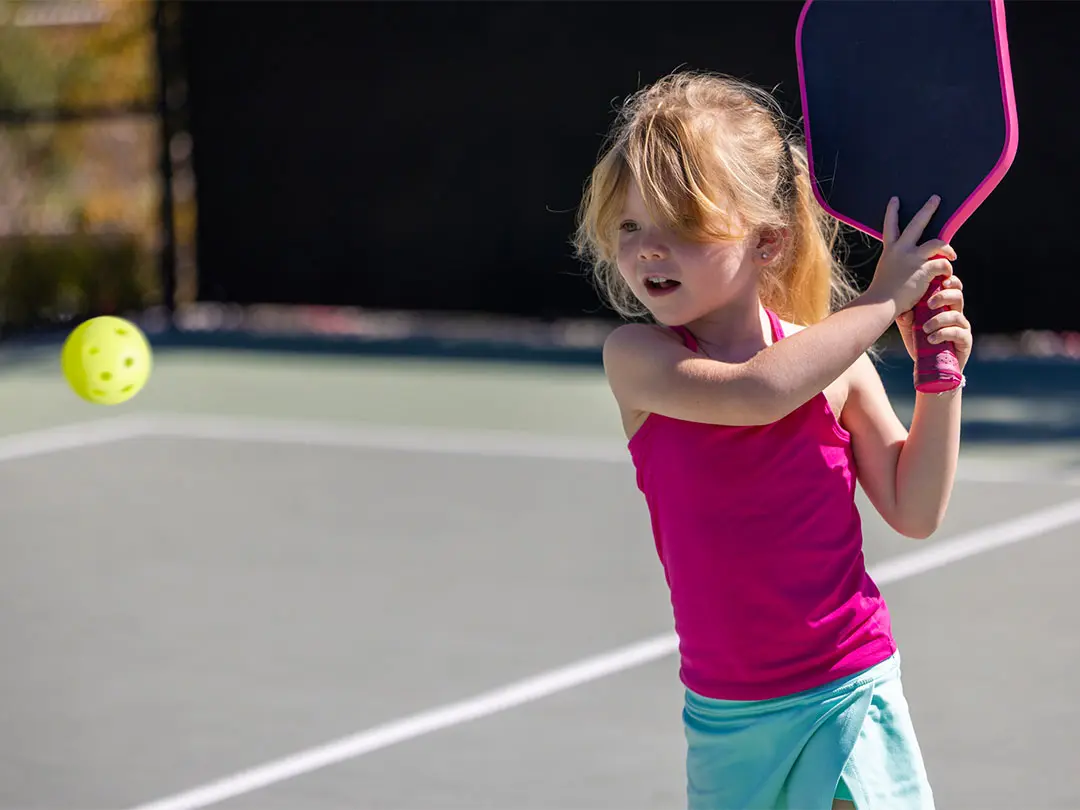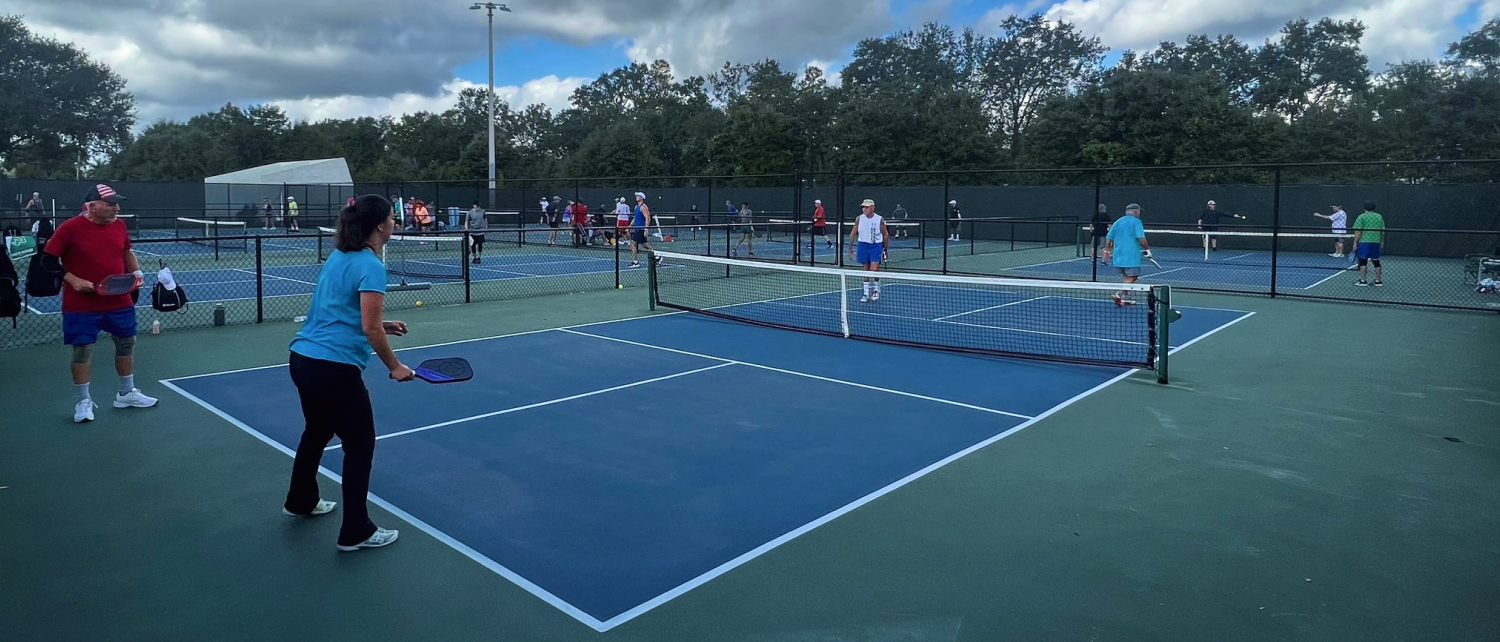Your cart is currently empty!

Pickleball is a fun way for kids to gain confidence in their athletic abilities, improve their coordination, and develop healthy habits that will last a lifetime. Parents and youth coaches often discuss paddles and rules, but at the beginning of the journey, they need to learn one fundamental skill. In pickleball, coordination between the hands and eyes is crucial. Children can enhance their skills over time by participating in activities that foster coordination from an early age. Young athletes can learn without getting frustrated and have fun on the court when pickleball, teaching, and teaching kids all come together with a strong coordination plan.
Why Coordination Matters in Pickleball
To play pickleball, you need to be able to react quickly, control your paddle, and time your shots perfectly. A player must watch the ball’s arc, judge how it will bounce, and hit it with the paddle surface when it gets close. This sequence can be challenging for younger kids because their nervous systems are still making connections between sight and movement. Kids might swing late, drop the paddle head, or miss contact altogether if they don’t practice coordination. Children become more skilled at paddling and tracking objects with their eyes, which enables them to make smoother strokes and maintain cleaner contact.
Coordination also helps you stay on track. Pickleball rallies move quickly, especially at the kitchen line. When a child improves their ability to focus their eyes, they can read their opponent’s movements and move with greater purpose. This means fewer missed shots, fewer falls at the net, and a better overall learning experience. Most importantly, as young players improve their coordination, they become more confident while playing, which encourages them to play more often.
Age-Appropriate Coordination Drills
Coaches and parents can start with activities that are based on reactions. Throw a light foam ball underhand and ask the child to catch it with both hands. When you feel more comfortable, switch to one hand. This helps you learn how to focus on a small moving target. To help the child learn how to control the paddle, have them bounce a pickleball on the paddle face while standing still. Short sets of controlled bounces help you improve your touch and awareness.
Rolling a ball on the ground is another straightforward drill. Tell the child to stop with the paddle, then gently push it back. Even though this drill may seem simple, it helps with timing and direction. Soft volleys from close range help kids learn to hit the ball early and improve their reaction time.
Visual Tracking and Balance Training
Observing the ball is just one aspect of the skill. Balance, footwork, and posture support proper contact. Simple ladder drills can help you get more agile. Stepping through squares with a light, rhythmic motion allows the body to move more smoothly. Place cones in a small zigzag pattern and instruct the kids to walk around them. Once the children can walk along that line, roll a ball toward them and instruct them to stop it. This exercise is a complete coordination challenge because it involves moving, seeing, and timing all simultaneously.
You can also train your eye focus by playing fun games. Tell a child to keep their head still and follow a ball with their eyes. Next, kindly ask them to track a second ball that is moving in a different direction. These drills help children adapt to the changes that occur on the court.
Teaching Kids Through Play and Positivity
Children learn best when they are having fun. Please don’t give them too many complicated strokes or point-based rules right away. Instead, praise contact, positioning, and control of the paddle face. Make sessions short, engaging, and supportive. When a child does well on a drill, praise them. If they have trouble, break the drill down into smaller parts.
Slowly introduce net play and ask the kids to exercise, relax their grip, and block the ball. When people feel more confident, add movement to the rally. The combination of footwork and paddle control strengthens coordination, laying the groundwork for future gameplay choices.
Transitioning to Real Gameplay
Introduce short rallies once the kids are hitting the ball and getting their balance. First, focus on dinks. Soft, controlled contact teaches you how to wait and when to act. Instead of swinging wildly, players should gently push the ball over the net. As they get better at being consistent, move them farther away from the net. At this point, young athletes start to learn how to control angles, which helps them keep their coordination.
Frequently Asked Questions
At what age can children begin learning pickleball?
Most kids can start doing simple coordination drills when they are five or six years old. When children’s attention spans lengthen, formal instruction typically begins somewhat later.
What equipment should kids use?
It’s best to use lightweight paddles that fit the hands of young children. Low-compression practice balls can make it easier to hit the ball early.
How long should training sessions last?
Short, regular sessions are usually most effective. A mix of drills and easy rallies, lasting 15 to 20 minutes, keeps people interested.
Young athletes learn better when their hands and eyes work together. This approach allows them to enjoy the speed and rhythm of pickleball while also learning how to teach the game to kids. Kids can gain confidence and have fun on the court with the right drills, constructive advice, and fun lessons. Visit I&G Pickleball to start your child’s training journey with private lessons, group classes, and youth lessons.
Picture Credit: iStock






